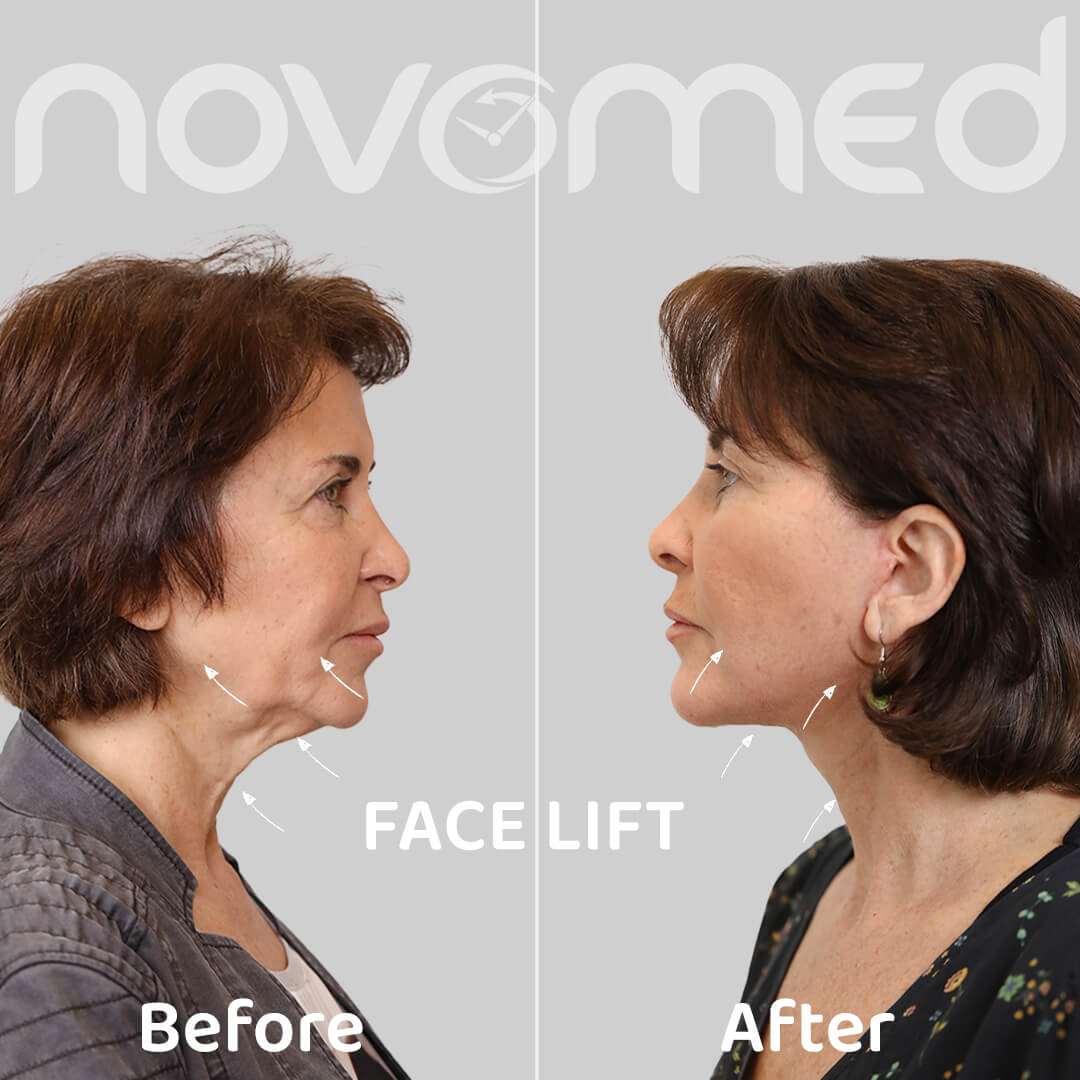Overview
Feet and ankles can be susceptible to several stress factors, including injuries, medical conditions, and degeneration of the cartilage, bones, or soft tissue that can cause inflammation and pain and limit movement and flexibility.
Ankle and foot problems can lead to chronic pain and long-term complications if left untreated. If you have pain, swelling, or severe stiffness in the ankles and feet, we recommend visiting one of our orthopedic specialists to receive the appropriate treatment.
What are the conditions that cause foot and ankle pain?
Ankle pain is usually caused by an injury but can also be the result of a medical condition, such as the following:
- Osteoarthritis is the damage and wear of the cartilage covering the end of bones that form a joint.
- Gout: a form of arthritis caused by the high uric acid levels in the bloodstream and results in sudden and severe pain.
- Nerve Damage caused by pressure or damage of nerves can lead to pain and affect the brain’s ability to communicate with muscles.
- Blood Vessels blockage caused by plaque build-up inside the artery walls can limit movement and cause pain in the foot and ankle.
- Joint Infection is a condition where bacteria attack a joint and cause rapid cartilage and bone deterioration and severe pain.
- Bursitis. It causes pain, soreness, and a decreased range of motion.
- Tendonitis: inflammation of the tendons that results in pain and a restricted range of motion.
Given the complex structure of the foot, several other conditions could be causing pain there, including corns, calluses, bunions, ingrown toenails, Morton’s neuroma, hammertoe, athlete’s foot, Haglund’s deformity, and peripheral arterial disease.
Some common injuries to the foot and ankle include ankle sprain, stress fracture of the foot, fracture to the ankle, Achilles tendonitis or tear, and ligament injury.
How is foot and ankle pain diagnosed?
The first step to treat foot and ankle injuries is to diagnose the root cause of pain. Our specialist orthopedic will review your medical history and perform some examination and tests that may include X-rays, MRIs, CT scans, or ultrasounds to determine the underlying cause of the condition and develop an effective treatment plan.
How is foot and ankle pain treated?
Many foot and ankle conditions and injuries can be treated without surgery. Our orthopedic expert will recommend several non-surgical treatment options before resorting to surgery. Non-surgical treatment may include anti-inflammatory medications, steroid injections, physiotherapy, and wearing braces, casts, or splints.
If the pain or impairment didn’t improve with non-surgical treatments, you may require surgery to repair or replace the damaged bone, tissue, or ligament. Common ankle and foot procedures include:
- Achilles Tendon Repair. it involves making an incision to the calf to stitch the tendon back together.
- Limb Salvage. It is the removal of diseased bone and replacing it with metal implants or bone grafts.
- Ankle Replacement Surgery. It involves replacing the ankle joint with metal or plastic implants.
- Foot or Ankle Reconstruction. This restorative surgery involves repairing tendons, implanting a prosthetic joint, or manipulating a bone by cutting, grafting, or fusing a damaged area.
Recovery from a surgical procedure will take at least six weeks, and in some cases, such as a torn ligament or tendon, it may take much longer.
Regular check-ups to monitor healing are a vital part of your post-surgery care, in addition to physical therapy in the later stages of healing.
You may make a full recovery within a few months with proper care and regular therapy.
Schedule your appointment at Novomed today!
If you have pain in your foot or ankle, make an appointment with one of our highly qualified orthopedic doctors in Dubai or Al Ain to learn more about your condition and treatment options.
Book your consultation today by calling toll-free 8006686, filling out the booking form, or clicking the live chat icon at the bottom of the screen.



























